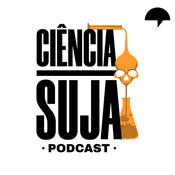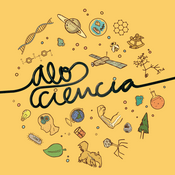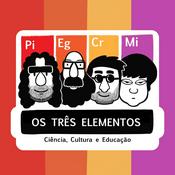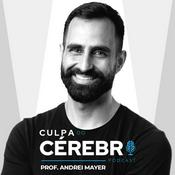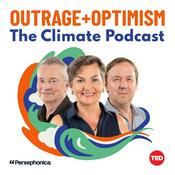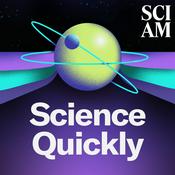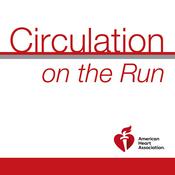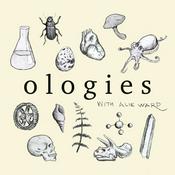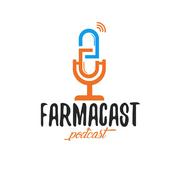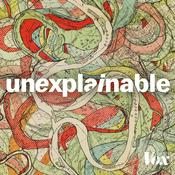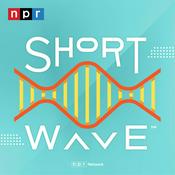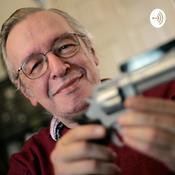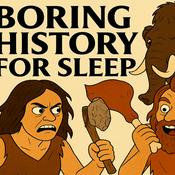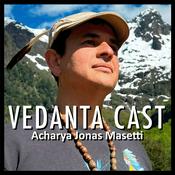731 episódios
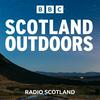
Drawing Ancient Trees with Tansy Lee Moir
07/1/2026 | 32min
Mark Stephen goes out sketching old trees at Haddo with artist Tansy Lee Moir

A Bucket Mill, Yule Day and Rowing the Atlantic
03/1/2026 | 1h 23min
he Quadrantid meteor shower will be peaking in the UK around 3rd and 4th January. Elizabeth Tindall shares her experience of observing fireball meteors which are associated with this type of shower.Rachel catches up with Milli Abram as she undertakes a solo rowing adventure across the Atlantic Ocean.The Atlantic Salmon is now classified as an endangered species in the UK. Mark hears about the Save the Spring project being undertaken by the Dee District Salmon Fisheries Board to translocate fish and help improve breeding success.Writer Neil Ansell discusses his hearing loss and quest to hear endangered birds before it's too late.Graeme Johncock of Scotland's Stories shares some old tales from around the country.Survival Expert Zeki Basan goes winter foraging with Phil Sime and Morven Livingstone.And Mark visits the unique Finzean Bucket Mill in Aberdeenshire which is undergoing restoration by the Birse Community Trust.

A Walk on the Wild Side with Zeki Basan
31/12/2025 | 40min
Phil Sime and Morven Livingstone go wild foraging in the Highlands with outdoor survival instructor Zeki Basan. Along the way, Zeki introduces them to essential bushcraft skills, from food preservation and shelter building to the ancient art of fire-lighting using stone.

A Ryvoan Bothy Special
27/12/2025 | 1h 23min
Mark and Rachel celebrate 60 Years of the Mountain Bothy Association with a trip to Ryvoan Bothy to get a sense of the very lively bothy culture in Scotland.

In Search of Bird Song with Neil Ansell
24/12/2025 | 30min
Helen Needham discusses hearing loss and his search for bird song with writer Neil Ansell
Mais podcasts de Ciência
Podcasts em tendência em Ciência
Sobre Scotland Outdoors
Ouça Scotland Outdoors, StarTalk Radio e muitos outros podcasts de todo o mundo com o aplicativo o radio.net

Obtenha o aplicativo gratuito radio.net
- Guardar rádios e podcasts favoritos
- Transmissão via Wi-Fi ou Bluetooth
- Carplay & Android Audo compatìvel
- E ainda mais funções
Obtenha o aplicativo gratuito radio.net
- Guardar rádios e podcasts favoritos
- Transmissão via Wi-Fi ou Bluetooth
- Carplay & Android Audo compatìvel
- E ainda mais funções


Scotland Outdoors
baixe o aplicativo,
ouça.

